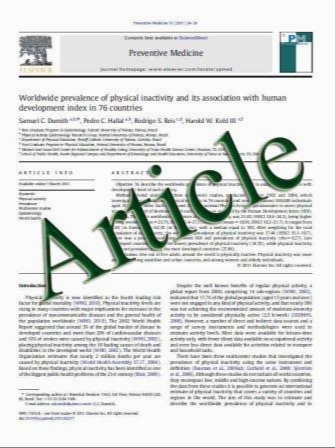Randomized controlled trial of 2.5-cm versus 3.5-cm mesial temporal resection in temporal lobe epilepsy—part 1: intent-to-treat analysis
- نوع فایل : کتاب
- زبان : انگلیسی
- مؤلف : Johannes Schramm , T. N. Lehmann , J. Zentner , C. A. Mueller , J. Scorzin , R. Fimmers ,H. J. Meencke , A. Schulze-Bonhage , C. E. Elger
- چاپ و سال / کشور: 2011
Description
Background Only one prospective randomized study on the extent of mesial resection in surgery for temporal lobe epilepsy (TLE) exists. This randomized controlled trial (RCT) examines whether 3.5-cm mesial resection is leading to a better seizure outcome than a 2.5-cm resection. Methods Three epilepsy surgery centers using similar MRI protocols, neuropsychological tests, and resection types for TLE surgery included 207 patients in a RCT with pre- and postoperative volumetrics. One hundred and four patients were randomized into a 2.5-cmresection group and 103 patients into a 3.5-cm resection group, i.e., an intended minimum resection length of 25 versus 35 mm for the hippocampus and parahippocampus. Primary outcome measure was seizure freedom Engel class I throughout the first year. The study was powered to detect a 20% difference in class I outcome. Seizure outcome was available for 207 patients, complete volumetric results for 179 patients. Outcome analysis was restricted to control of successful randomization and an intentto- treat analysis of seizure outcome. Results The mean true resection volumes were significantly different for the 2.5-cm and 3.5-cm resection groups; thus, the randomizationwas successful.Median resection volume in the 2.5-cm group was 72.86% of initial volume and 83.44% in the 3.5-cm group. At 1 year, seizure outcome Engel class I was 74% in the 2.5-cm and 72.8% in the 3.5-cm resection group. Conclusions The primary intent-to-treat analysis did not show a different seizure freedom rate for the more posteriorly reaching 3.5-cm resection group. It appears possible that not maximal volume resection but adequate volume resection leads to good seizure freedom.
Acta Neurochir (2011) 153:209–219 DOI 10.1007/s00701-010-0900-6


